RIT SPEX Celebrates 60 years of NASA
This year represents the 60th anniversary of congress founding the National Aeronautics and Space Administration. For six decades, NASA has led the peaceful exploration of space, making discoveries about our planet, our solar system, and our universe.
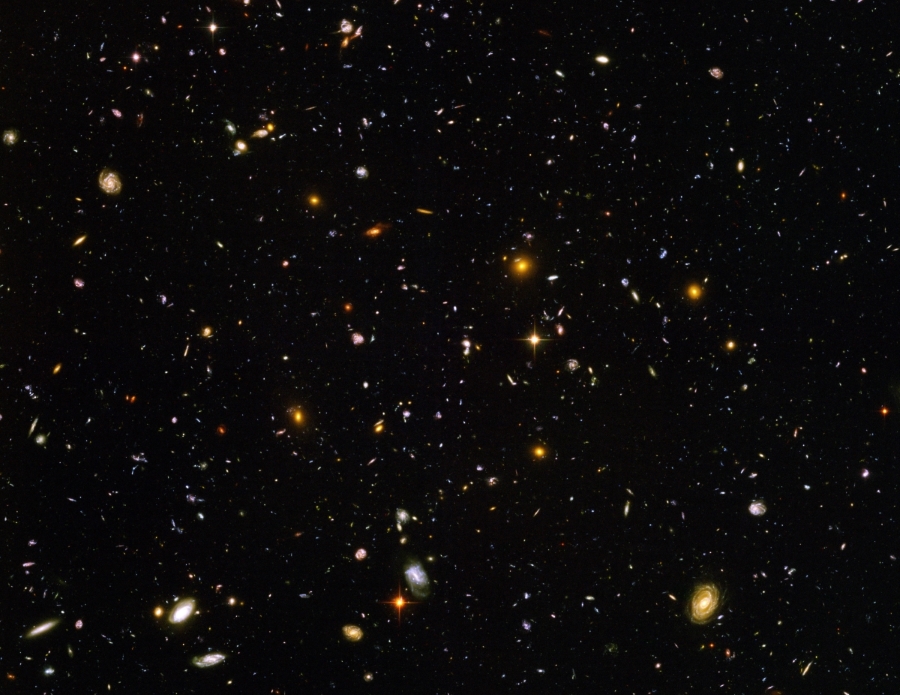
(Above) Famous 'Hubble Deep Field' Image. Every object in this photo is a galaxy.
Beginnings
NASA opened for business on Oct. 1, 1958, with T. Keith Glennan, president of Case Institute of Technology in Ohio, as its first administrator. NACA director Hugh Dryden served as the first deputy administrator, and NACA veteran Robert Gilruth ultimately headed the Space Task Group and the Mercury program before becoming the director of NASA’s Manned Spacecraft Center (now the Johnson Space Center) in Houston. ☍
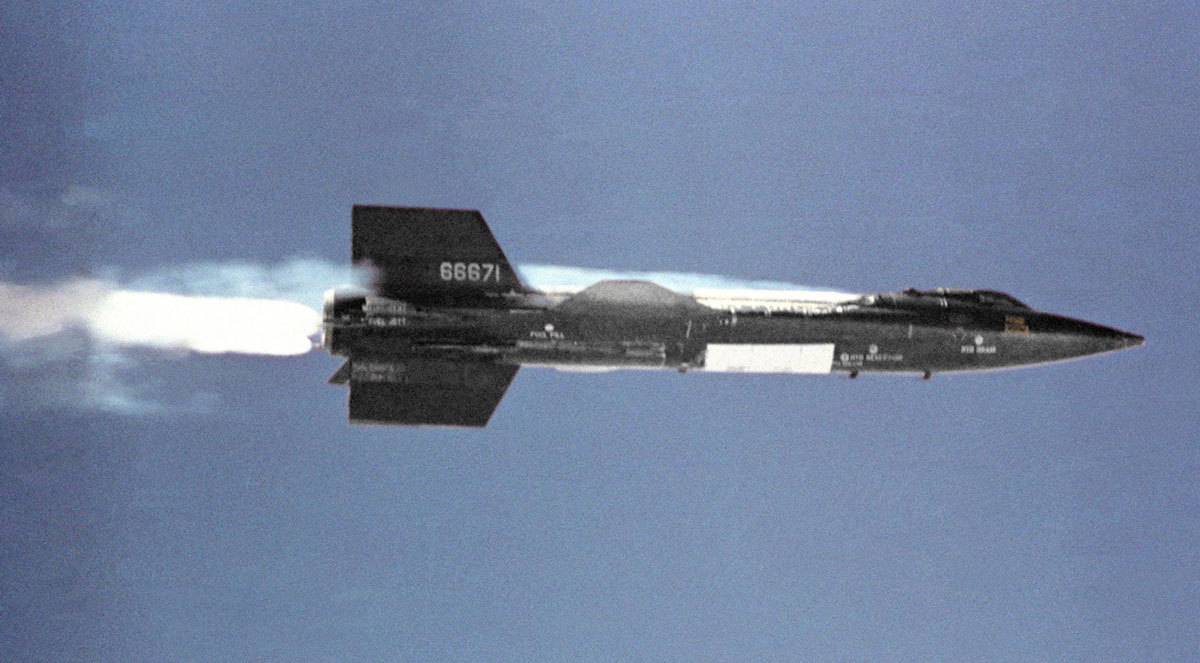
Some of the first NASA flights were supersonic aircraft. One such plane, the X-15 set an official world record for the highest speed ever recorded by a manned, powered aircraft. It was set in October, 1967 when William J. Knight flew Mach 6.72, over 2300 miles per hour. Eight pilots flew the aircraft including Neal Armstrong of Apollo mission fame. Source nasa.gov ☍
Spaceflight
One of the many things NASA is known for is human spaceflight. The Soviet Union sent Yuri Gagarin, the first person into space on April 12, 1961. In response, United States President John F. Kennedy before a joint session of congress challenged the nation “to achieving the goal, before this decade is out, of landing a man on the Moon and returning him safely to earth.” Though the U.S. wasn't the first nation to send a human to space, there were many other firsts.
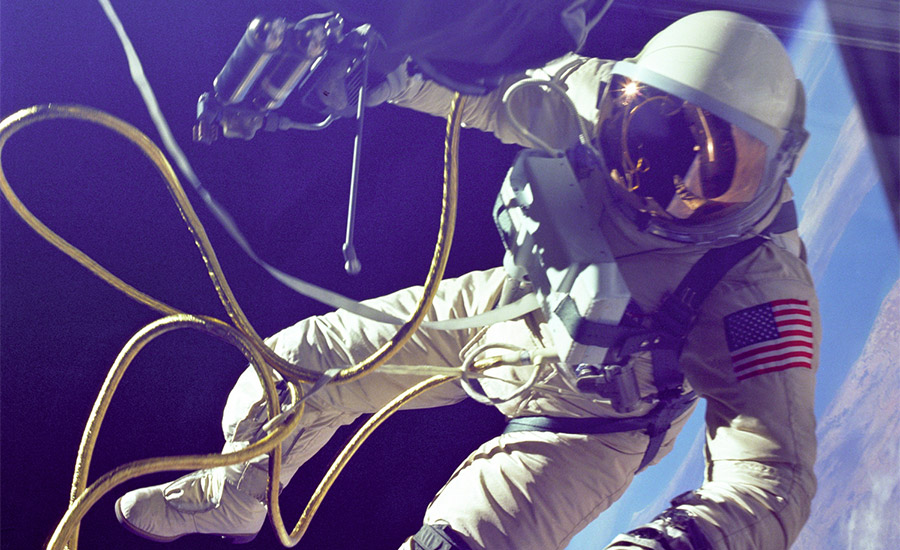
NASA astronaut Ed White became the first American to perform a spacewalk aboard the Gemini IV spacecraft Thursday, June 3, 1965. Source nasa.gov ☍

The famous 'Earthrise' photo from Apollo 8, the first human mission to the Moon. On Christmas Eve, 1968 astronauts Frank Borman, Jim Lovell and Bill Anders became first humans to orbit another world. Source nasa.gov ☍
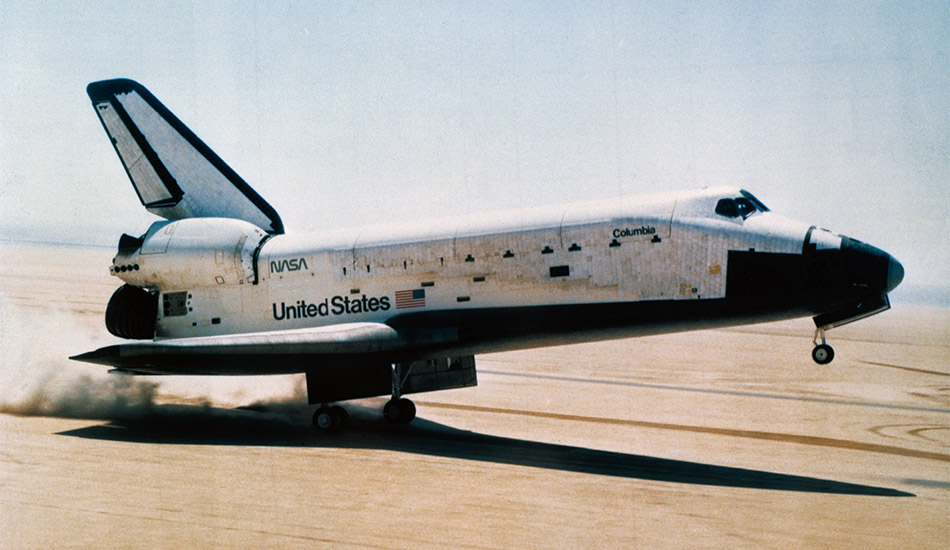
The Space Shuttle was the first reusable space vehicle. The Shuttle Columbia is pictured here landing at NASA's Dryden Flight Research Center (now NASA's Armstrong Flight Research Center) at Edwards Air Force Base, California, April 14, 1981. Source nasa.gov ☍

The International Space Station (ISS), pictured here in 2011, is a model for global cooperation and scientific advancements. The ISS has continuously housed humans since late 2002. Source nasa.gov ☍

American astronaut Scott Kelly (left) and Russian cosmonaut Mikhail Kornienko (right) celebrating their 300th day of working together in space. Scott Kelly was in space for just over one-year. The mission helped identify and reduce the biomedical risks astronauts face during longer space exploration. Source nasa.gov ☍
Science
Humans have been looking up towards the heavens and asking questions for thousands of years. Even when NASA was founded 60 years ago, many of those questions remained unanswered. Thanks to the work of countless engineers and scientists, NASA has been exploring the evolution of the universe from the Big Bang to the present.
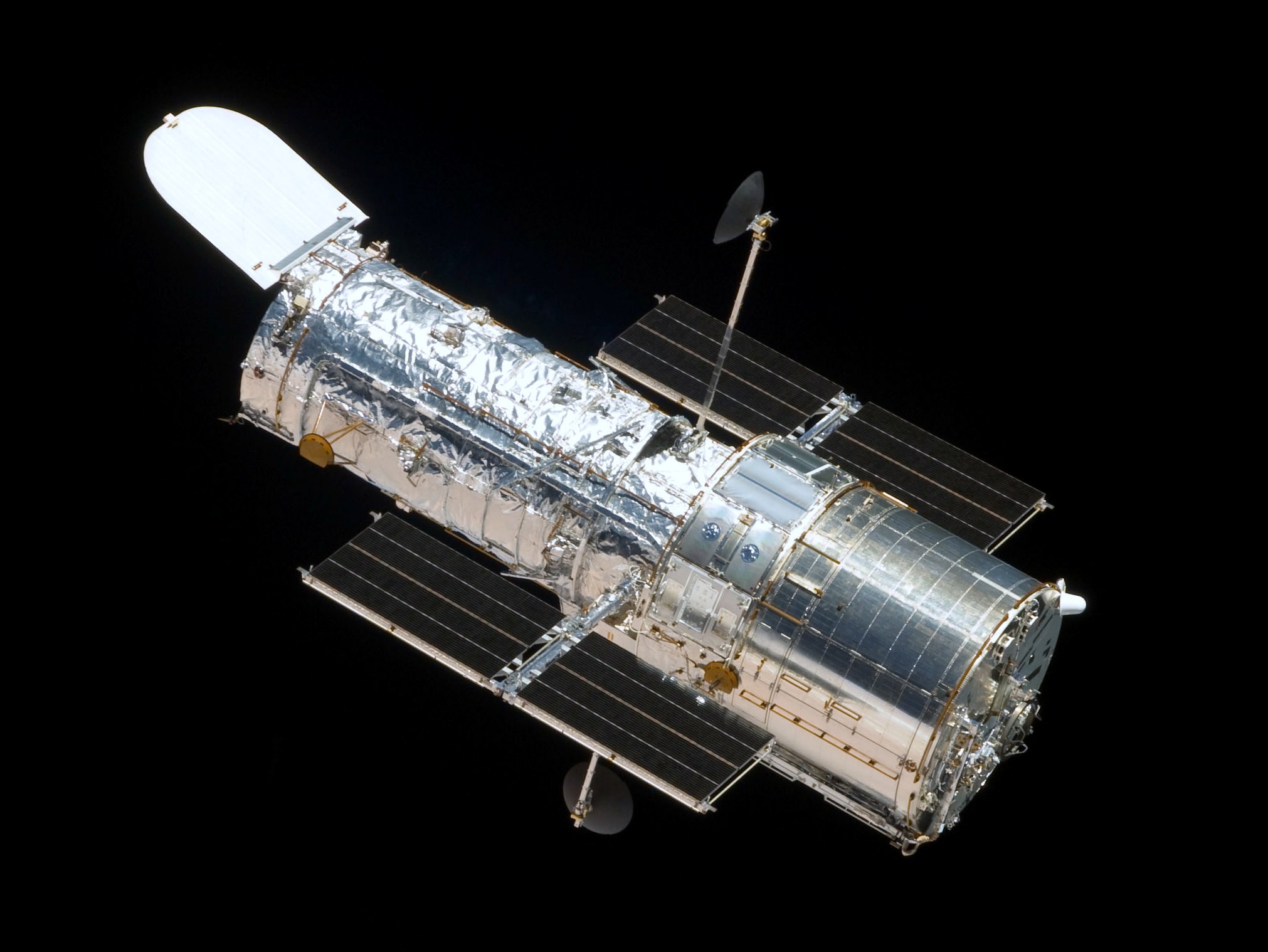
Since it was launched in 1990, Hubble has forever changed our idea of what the universe looks like. 28 years later it's mission continues. Source nasa.gov ☍
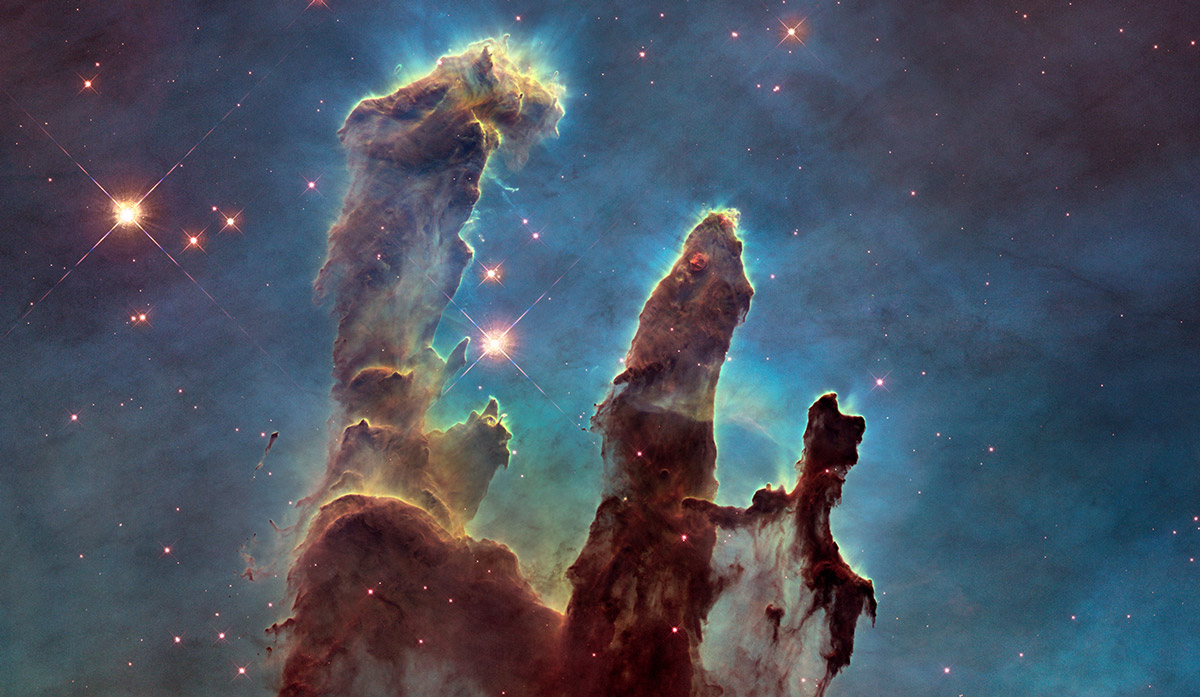
The Pillars of Creation, Eagle Nebula as pictured by the Hubble Space Telescope. Source nasa.gov ☍
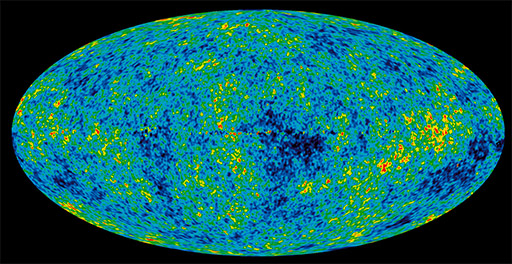
Image of the infant universe 13.7 billion years created from the Wilkinson Microwave Anisotropy Probe (WMAP) satellite. Because of this, we now know that the universe is expanding. Source nasa.gov ☍
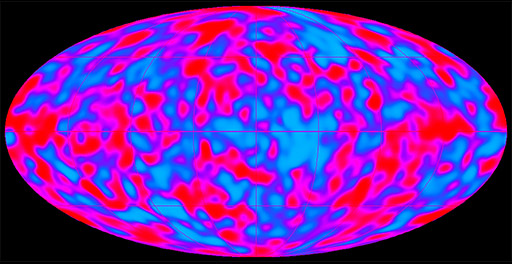
Image of the Cosmic Microwave Background as taken by the Cosmic Background Explorer (COBE) probe. This image represents the radaition left after the Big Bang 13.7 Billion years ago and the changes in temperature that would become the galaxies we know today. Source nasa.gov ☍

Telescopes like Swift, Hubble, and Chandra have allows scientists to study the death spiral of a star as it is consumed by a black hole pictured above. Source nasa.gov ☍
Exploration
Over the last 60 years, NASA has launched a variety of spacecraft to explore our moon, solar system and beyond. These spacecraft, manned and unmanned, have captured the attention of the public as they truly are explorers in the traditional sense. The universe is full of worlds unimaginably different than our own and we have just begun to explore them.
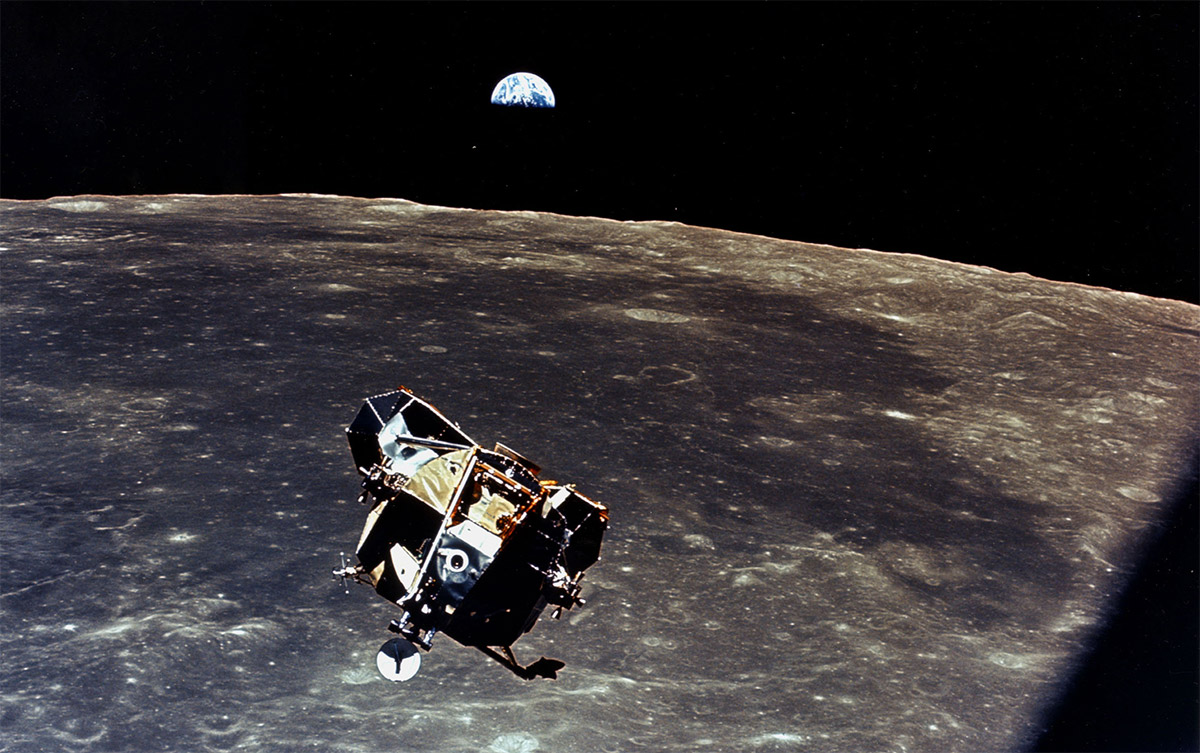
The Apollo 11 lunar module ascends to orbit before returning to Earth. Famously, the Apollo Program landed the first humans on the lunar surface and returned them safely to Earth. Source nasa.gov ☍

The Curiosity rover takes a selfie on Mars, 2015. The selfie was compiled from many smaller images, which is why the mechanical arm holding the camera is not visible (although its shadow is). The rover explores mars studying the terrain and looking for signs of life. Source nasa.gov ☍

Launched on Jan. 19, 2006, New Horizons was NASA’s first mission to the dwarf planet Pluto. This is a image 9 years later when the spacecraft arrived. The spacecraft allowed for the first clear images of Pluto to be captured. Source nasa.gov ☍
Spirit

An iconic shot of Buzz Aldrin on the surface of the moon, July 20, 1969. The landing was broadcast on live TV to a worldwide audience. Famously, Neal Armstrong stepped onto the lunar surface and described the event as "one small step for [a] man, one giant leap for mankind." This moment was important not only as a scientific achievement, but as a spiritual one as well. Source nasa.gov ☍

The famous 'Earthrise' photo is also credited as a driving force behind many of the social reform movements in the following decades. Many consider the Clean Air Act, Clean Water Act, and The Endangered Species Act a part of this legacy. Source nasa.gov ☍
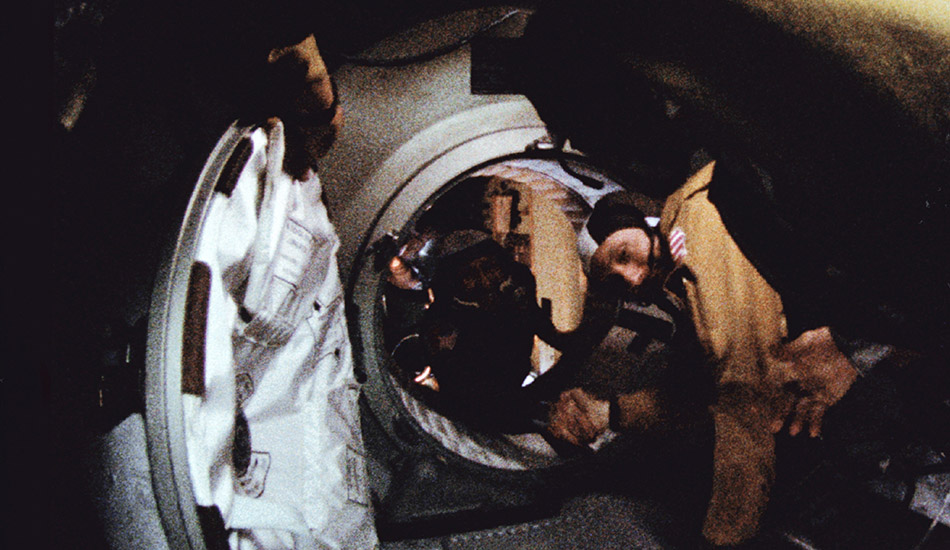
Astronaut Tom Stafford (foreground) and cosmonaut Alexei Leonov make their historic handshake in space on July 17, 1975. The Apollo-Soyuz Test Project docked together U.S. and Soviet spacecraft and paved the way toward international partnerships in space. Source nasa.gov ☍
Legacy
NASA’s future will continue to be a story of human exploration, technology, and science. NASA will continue it's mission to explore the solar system and continue its work on Earth for the betterment of humankind.